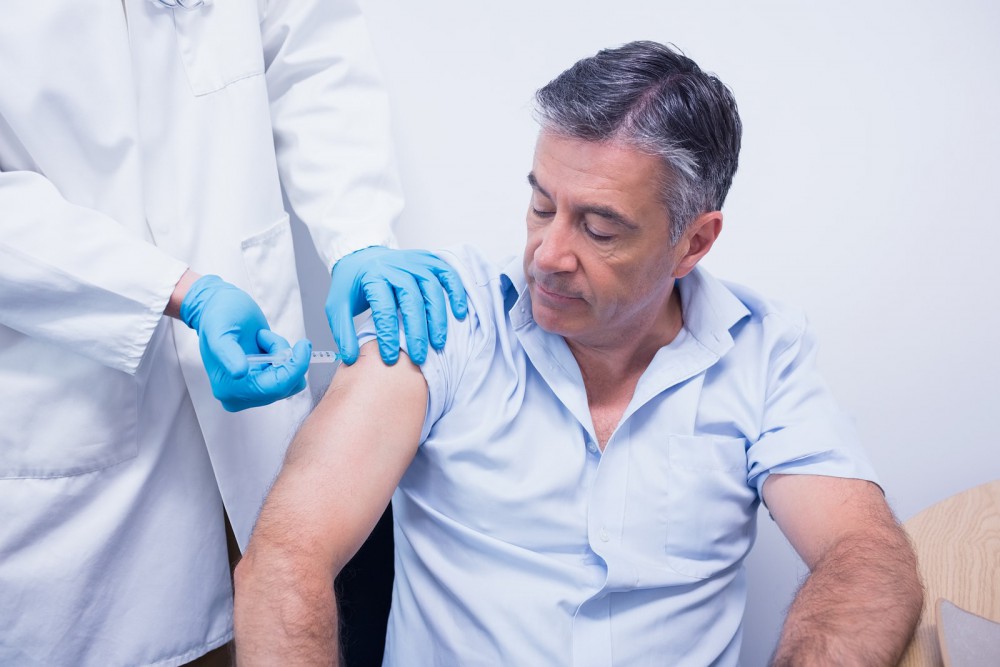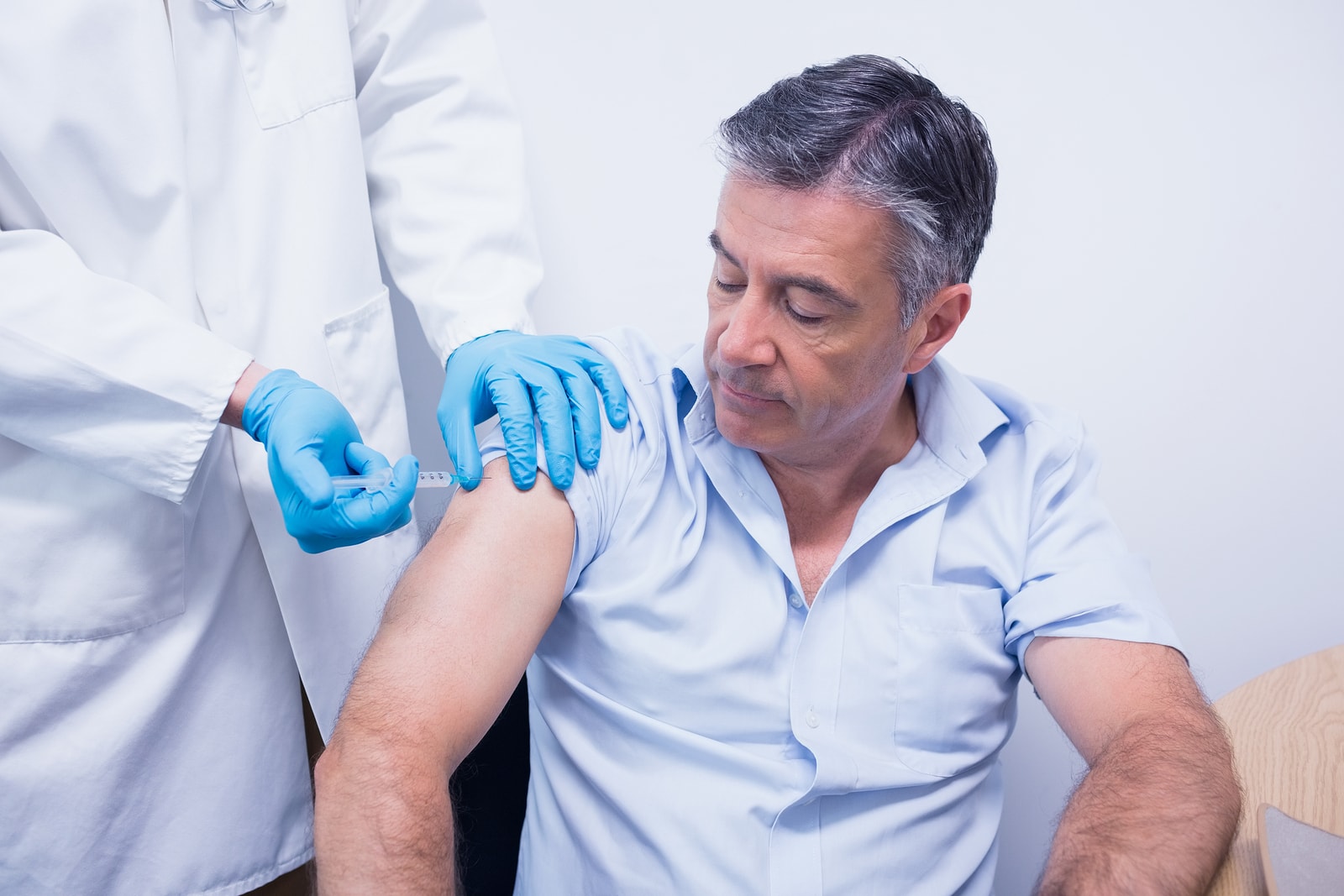
A vaccine to treat drug addiction is being tested, and it could hold the key to combatting the increase in overdose deaths.
The vaccine works by inducing an immune response that blocks the target drug from entering the brain, according to the National Institute on Drug Abuse (NIDA). “A patient who has been vaccinated will obtain no reward or relief of craving from taking the target drug, and so will have reduced motivation to continue further in relapse.”
In other words, if addicts aren’t getting “high” from a drug, they are less likely to keep using it.
Speaking at the American Association for the Advancement of Science conference, NIDA Deputy Director Dr. William Compton said the vaccine is currently being tested on animal subjects.
Although the research is promising, one recognized challenge is that cells known as B lymphocytes – which make antibodies – don’t usually respond to drugs, requiring delicate chemical reconfigurations of the vaccine.
A Growing Problem
Overdose rates have skyrocketed in recent years, with upwards of 50,000 Americans dying from overdoses in 2014. That includes 19,000 deaths from prescription drug overdoses and 10,000 from heroin overdoses.
You Might Also Enjoy: Walgreens to Sell Naloxone, Heroin Overdose Remedy, Over-the-Counter
More than 200 million prescriptions are written annually in the United States for opioids, Compton said.
Here are a few more drug-related statistics from the Center for Lawful Access and Abuse Deterrence (CLAAD) and the Centers for Disease Control and Prevention (CDC):
- Between 2007-2011, heroin use climbed 75%. It rose 80% since 2002 for first-time users between the ages of 12-17, according to the Substance Abuse and Mental Health Services Administration (SAMHSA).
- There were approximately 4.6 million drug-related emergency room trips in 2009, with 45% of those related to drug misuse or abuse.
- 1-in-4 drug-poisoning ER trips led to a hospital admission.
- Drug poisoning deaths involving heroin soared from 0.7 deaths per 100,000 in 2000 to 2.7 deaths per 100,000 in 2013.
The Three-Part Strategy
The strategy to combat the drug epidemic would include assisting addicts, reversing drug overdoses and preventing addiction in the first place, Compton said.
He noted that the National Institutes of Health (NIH) is developing an implant designed to help control addiction. Inserted under the skin, the implant would give addicts a six-month steady dose of buprenorphine, which is an opioid replacement drug.
The use of buprenorphine, naloxone and other medication-assisted treatments to reverse opioid overdoses is growing. Walgreens Pharmacy recently announced that it will sell naloxone without a prescription in states where it’s legal, according to its news release.
As for preventing addiction, Compton said that most addiction starts with prescription opioids prescribed for pain relief. That means less-addictive alternatives need to be explored.
One possibility is through transmitting constant, low current to the brain through a series of electrodes attached to the scalp. This brain stimulation might change the perception of pain.
In the meantime, society must continue to deal with the issue of drug abuse – an often misunderstood problem.
“The way people who use drugs are dealt with is far from actually going in [the] direction of achieving these goals,” said Dr. Michel Kazatchkine, a member of the United Nations’ global commission on drugs.









